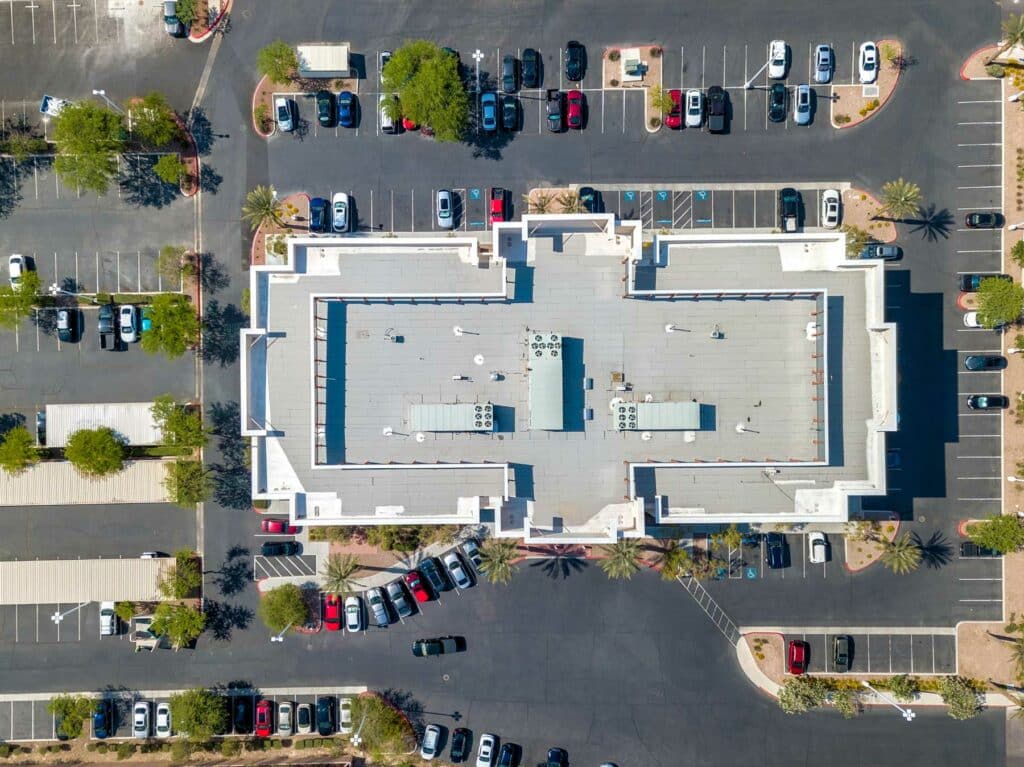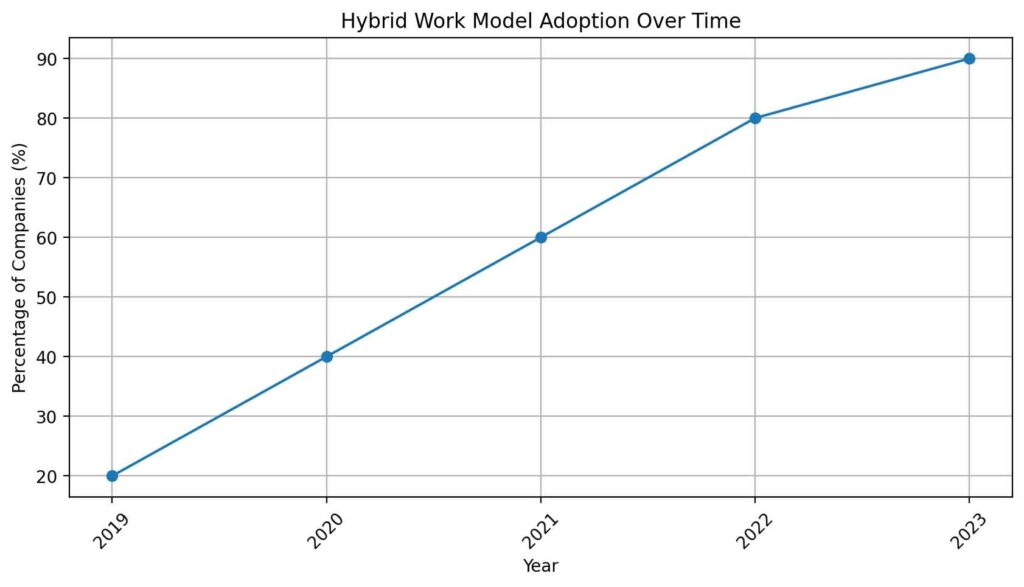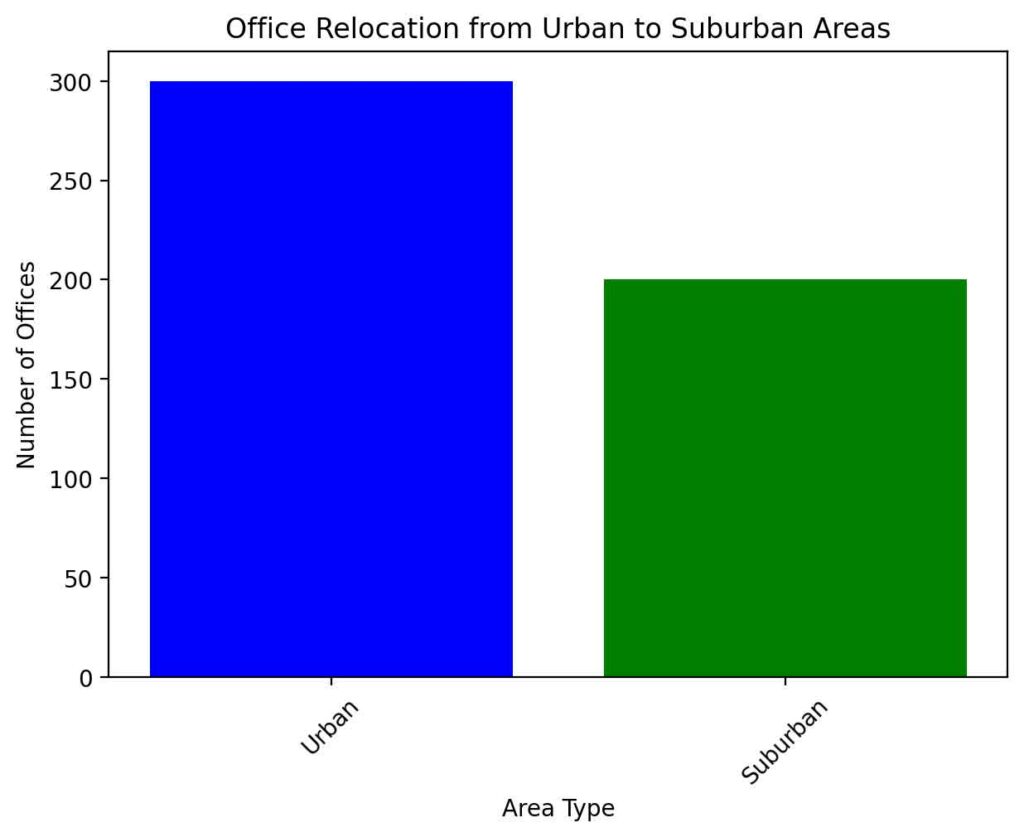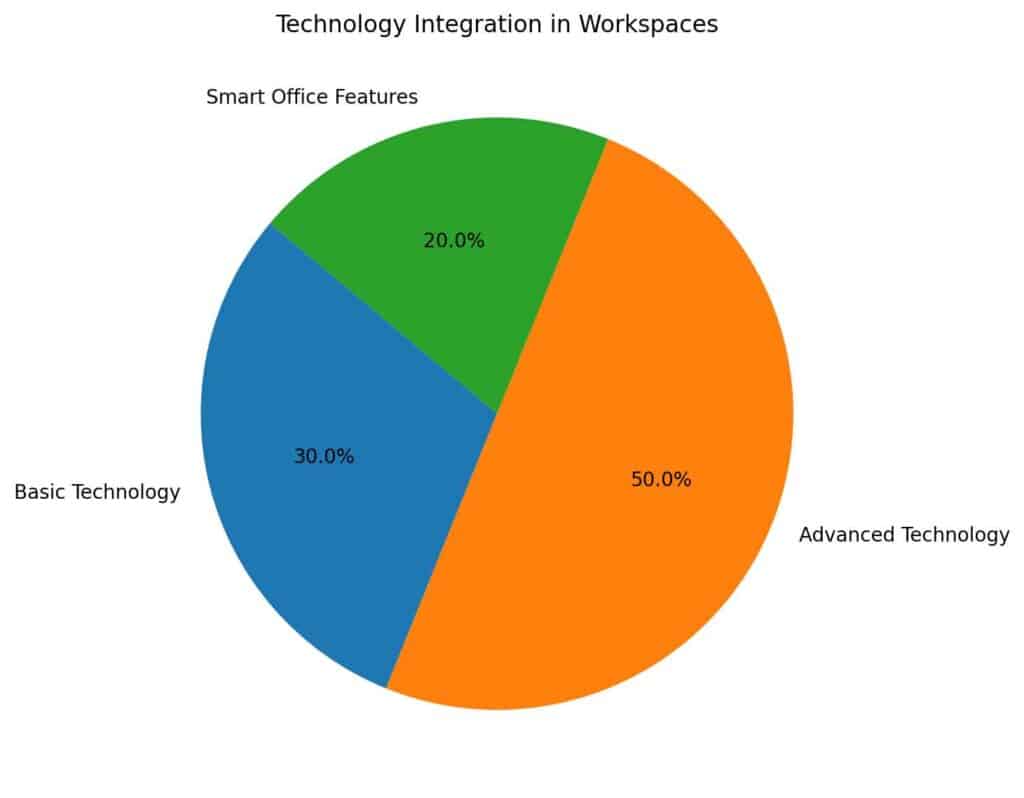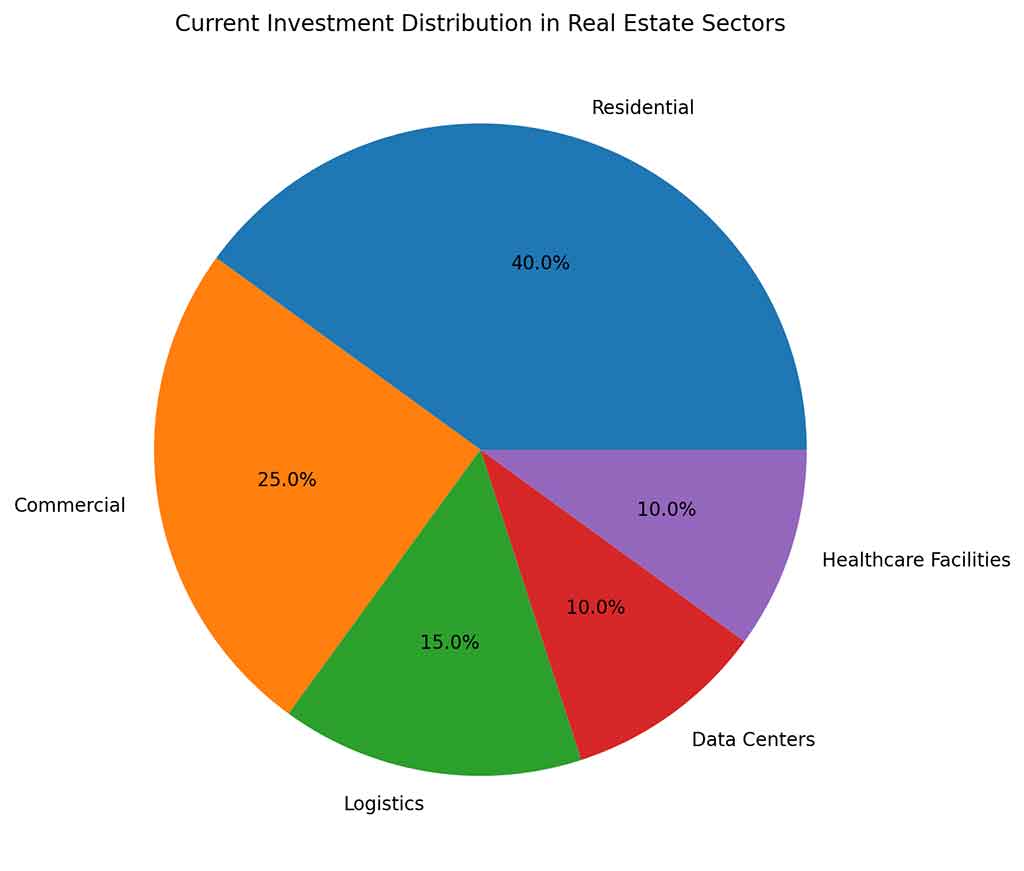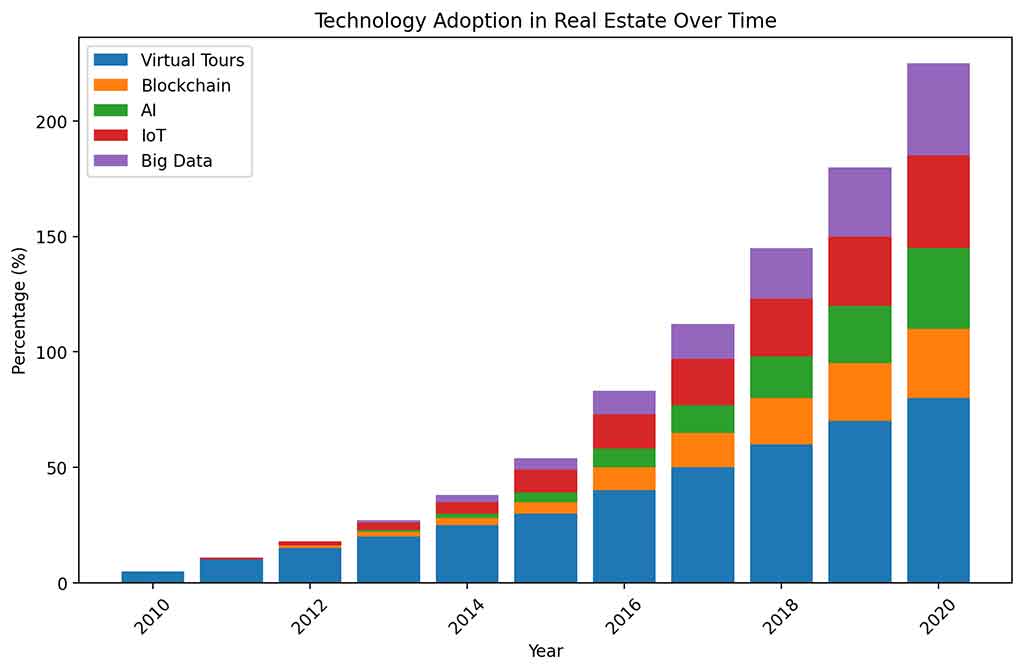Elevating Commercial Real Estate Listings: The Indispensable Role of Professional Photography
Introduction
In the dynamic world of commercial real estate, the power of a first impression is essential. With the digital marketplace becoming increasingly central to property sales, the role of professional photography in shaping these first impressions has grown exponentially. This article explores the transformative impact that professional photography has on commercial real estate listings, highlighting its necessity in today’s market.
The Visual Edge in a Digital Marketplace
In an era where online listings are the first (and sometimes only) interaction potential buyers have with a property, the quality of your photographs can make or break a sale. Professional photography provides a visual edge, presenting properties in the best possible light. An impactful commercial real estate listing isn’t just about aesthetics; it’s about crafting a compelling visual narrative that speaks directly to the needs and aspirations of potential buyers.
Increased Engagement and Visibility
Listings with professional photographs consistently outperform those without in terms of engagement and visibility. High-quality images capture attention, encourage sharing on social media, and increase the listings published on prominent real estate platforms. A published listing with heightened visibility translates into more inquiries, viewings, and faster sales.
Showcasing Property Potential
Professional photographers possess the skill to capture a space and showcase its potential. Strategic angles, lighting, and composition highlight critical features of a property, from spacious interiors to unique architectural details. This level of detail helps potential buyers envision the property’s potential, a crucial factor in commercial real estate sales.
Creating an Emotional Connection
Beyond technical proficiency, professional photography creates an emotional connection with viewers. By telling a story through images, it invites potential buyers to imagine the future possibilities of the property. This emotional engagement is often the catalyst that transforms interest into action.
A Reflection of Professionalism
Investing in professional photography reflects a commitment to professionalism and quality. It will tell potential buyers that the property is valued highly and that every detail in its sale will be handled with care and expertise. This professionalism builds trust and credibility, which is essential in the commercial real estate market.
Statistical Backing: The Numbers Don’t Lie
The statistics are clear: listings with professional photos sell in shorter time periods and at a higher price. According to a Redfin study, homes with professional photos sold faster and for more money than those without. This trend is mirrored in the commercial sector, where visual appeal can significantly influence investment decisions.
Cost-Effective Marketing
While professional photography has an upfront cost, it is a cost-effective marketing investment. The return on investment is seen in quicker sales, higher sale prices, and a stronger brand image. In the dynamic landscape of competition in commercial real estate, this investment sets listings apart and can contribute to a successful sale.
Adapting to Market Trends
The commercial real estate market constantly evolves, and digital marketing strategies are at the forefront. Professional photography is not just a trend; it’s a fundamental aspect of modern real estate marketing. By adapting to this change, real estate professionals position themselves to meet the expectations of a digitally savvy clientele.
Conclusion
The impact of professional photography in commercial real estate is profound. It’s an indispensable tool that enhances online presence, engages potential buyers, and drives sales. In a market where first impressions are made online, professional photography is not just an option; it’s a necessity. By embracing this powerful tool, real estate professionals can elevate their listings, attract more buyers, and succeed tremendously in their sales endeavors.
Contact Rick at RCRdigital today and let’s work to sell your commercial property at it’s highest value.
